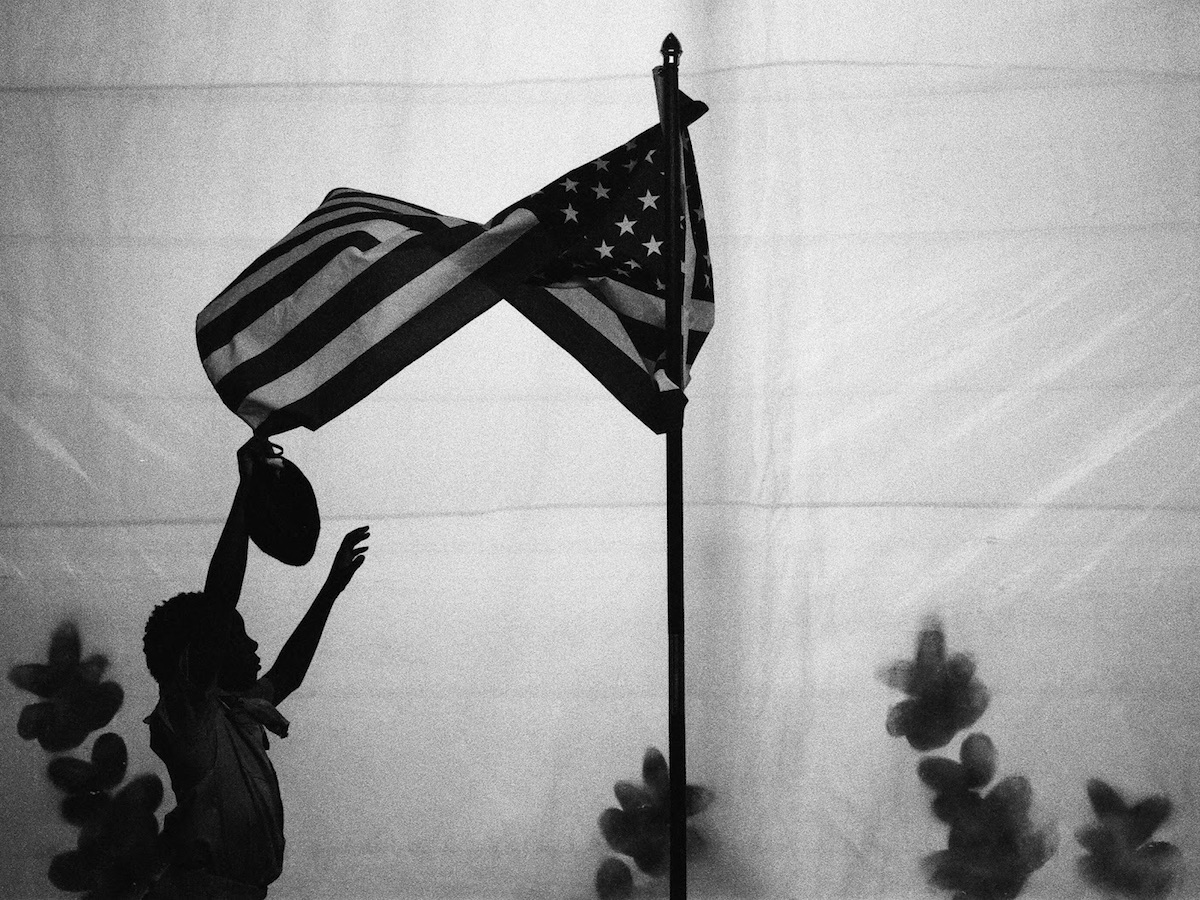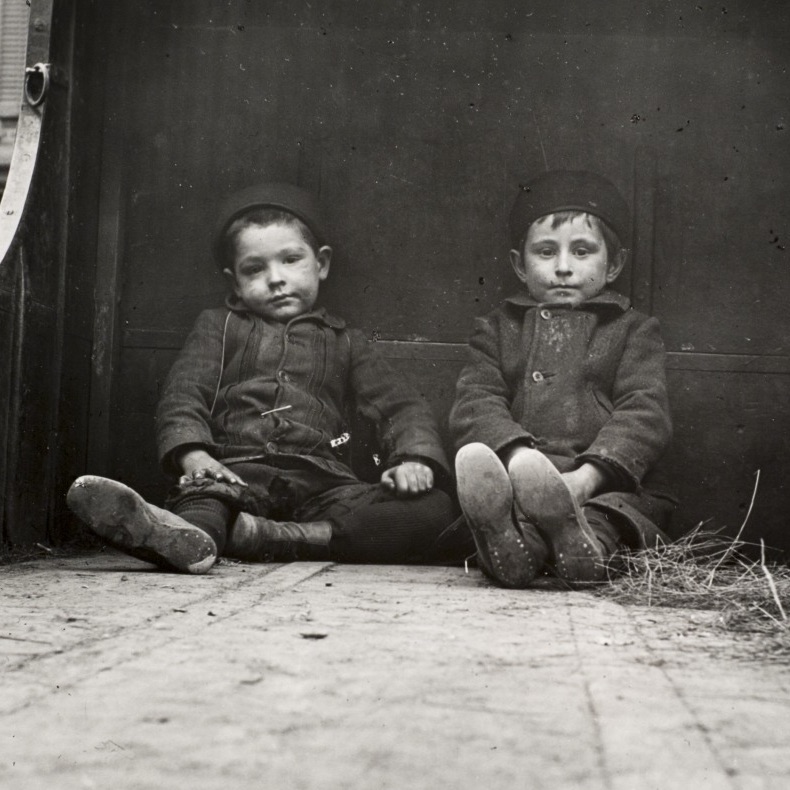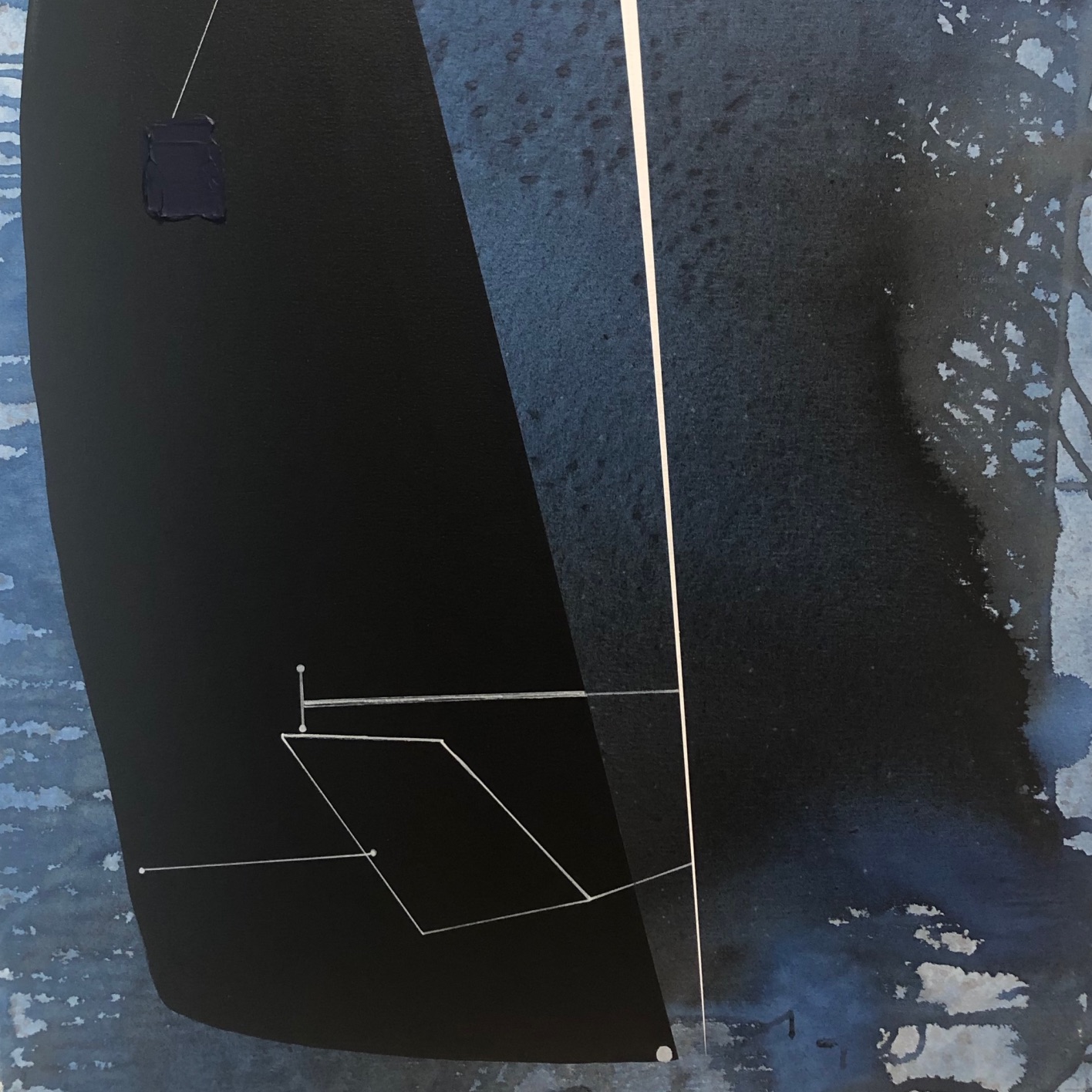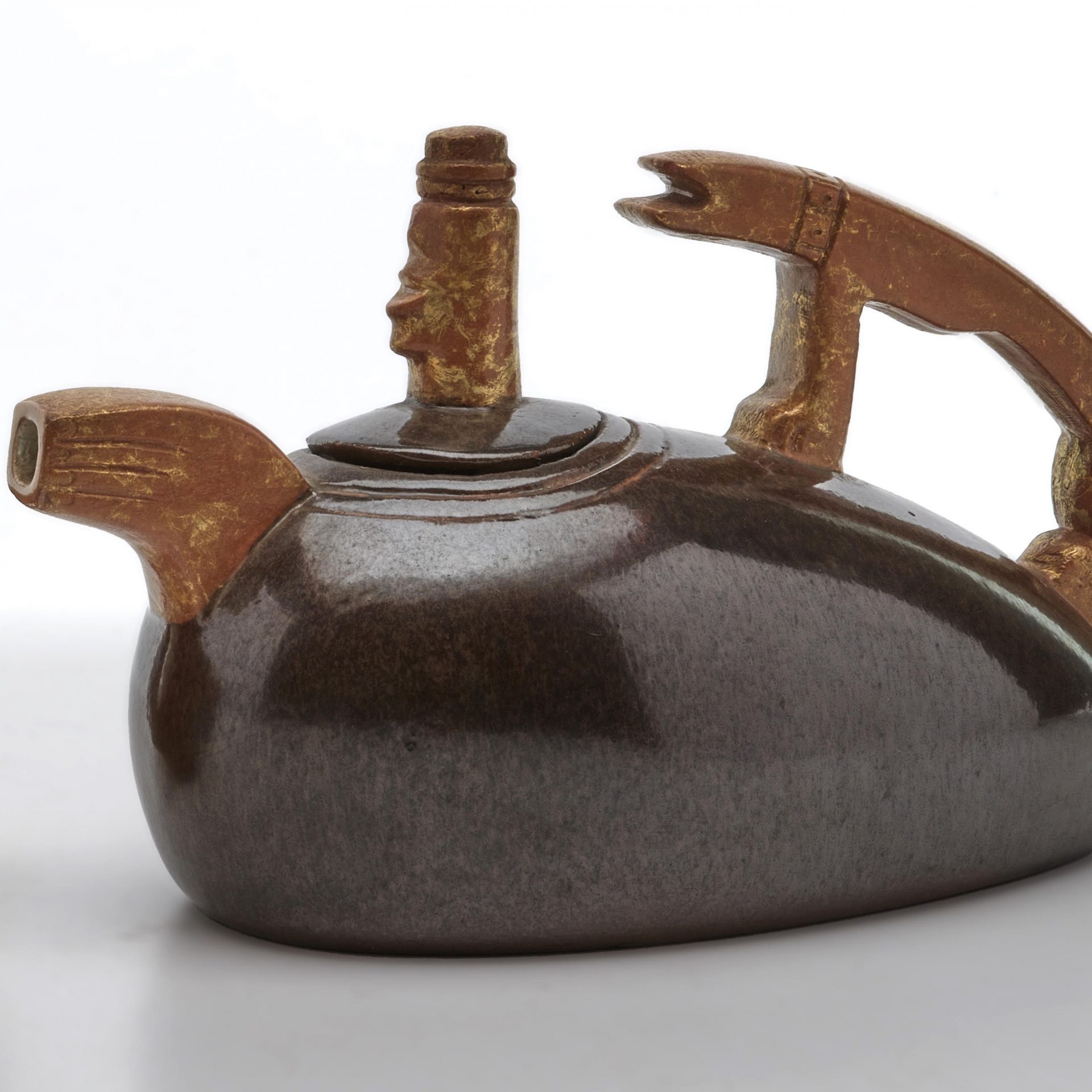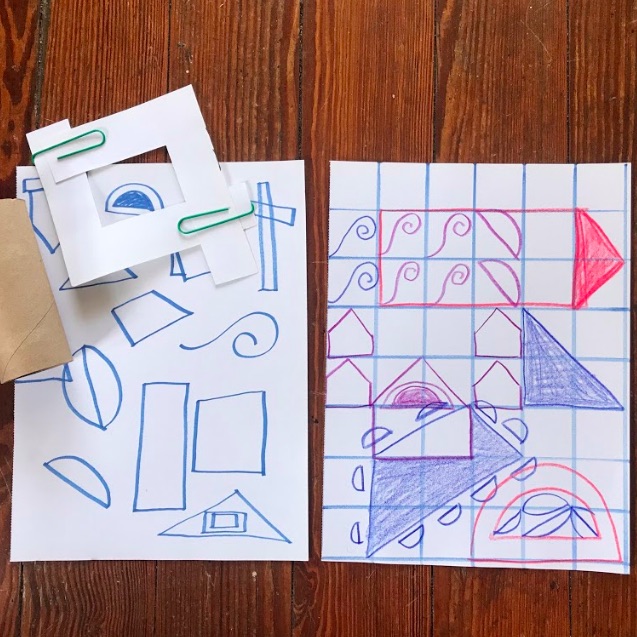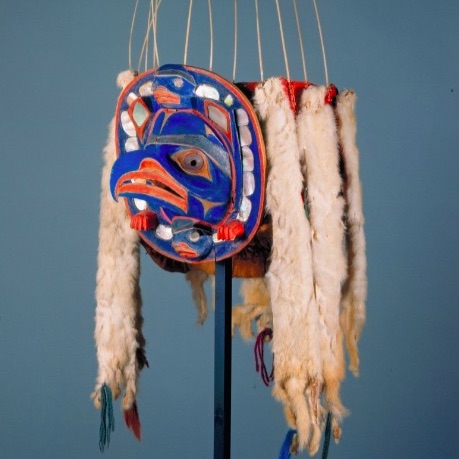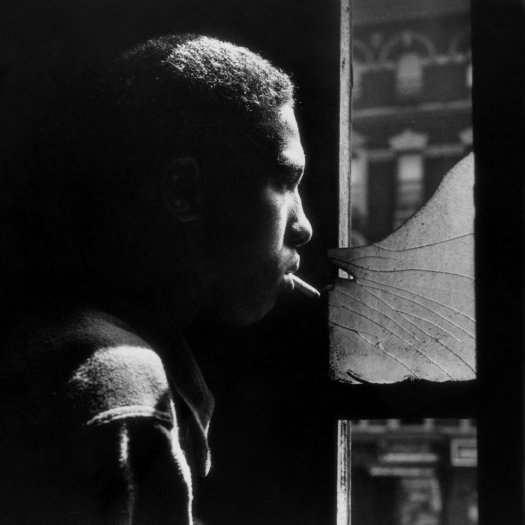Pardon our progress as we make continual changes to bring all of our engaging digital offerings to the forefront of our website. We invite you to keep coming back for new content and exciting updates!
Discover artworks, collections and stories in a digital format from NOMA like never before.
NOMA on Instagram @neworleansmuseumofart
@nitazitaproject tells the story of two legendary New Orleans dancers, following their rise to stardom in the 1920s, their eventual retirement in New Orleans, and the thousands of costumes they created.
Following the documentary`s New Orleans premiere in NOMA’s Lapis Center for the Arts, filmmakers @missmarcidarling and Sharon Gillen will speak about the film with Burlesque performer @trixienola.
Guests are also invited to view a selection of Nita`s and Zita`s costumes from 5:00 to 5:30 pm.
Free and open to the public. Click the link in our bio for more information about the program.
The painting ➡️ the artist
Hapsburg Empress Maria Theresa was anxious to see her daughter Marie Antoinette formally portrayed as Queen of France, but few artists met her rigid standards.
The exception was Élisabeth Vigée Le Brun, who was born #OnThisDay in 1755.
The daughter of a portraitist and wife of a prominent art dealer, #VigéeLeBrun initially painted informal portraits of the Queen of France and her children.
Given the opportunity to paint state portraits, Vigée Le Brun astutely endowed Marie Antoinette with the formal dignity and regal hauteur that would appeal to her imperial parent.
The magnificent state portrait in the first slide pleased both the Empress and the Queen, and Vigée Le Brun was awarded membership in the Académie Royale and continuing royal patronage.
As much as a royal portrait, the 19th-century painting by Alexis Joseph Pérignon in the second slide tells a specific, highly orchestrated story of the queen, graciously assisting her official portraitist by picking up the artist’s materials, which had fallen to the ground.
Painted during the Second French Empire, Pérignon’s work is indicative of its time, when Napoleon III had re-established monarchy in France.
—
🎨: Elisabeth Louise Vigée Le Brun, “Portrait of Marie Antoinette, Queen of France,” ca. 1788. Oil on canvas. Museum purchase: Women’s Volunteer Committee and Carrie Heiderich Fund, 85.90.
🎨: Alexis-Joseph Pérignon, “Madame Élisabeth Vigée Le Brun Painting the Portrait of Queen Marie Antoinette,” 1859. Oil on canvas. Gift of Joseph Bailliol, 2010.150.
📍: Second floor, Armande Billion Gallery
Looking for a zero-proof alternative after @fqfest weekend? 🍋 Try a glass of lemonade.
Associated with the rise of the American Protestant Church in the 1830s and 1840s, “teetotalers” urged cessation of liquor consumption. Influential groups like the Women’s Christian Temperance Union ultimately organized for the complete government prohibition of liquor.
Lemonade pitchers similar to this one made of pressed uranium glass were often central to temperance gatherings and served as subtle symbols of abstinence, while pledge cards and temperance ribbons overtly shared a personal commitment to abstaining from alcohol.
In the Reconstruction-era South, the temperance movement gained traction as a response to widespread societal concerns like consistent overconsumption of alcohol, rising levels of domestic violence, and falling workplace productivity.
Influenced by the region’s conservative values, Southern temperance advocates viewed abstinence from alcohol as a means to a more virtuous society, addressing issues such as family instability and moral decay.
👉 "Rebellious Spirits: Prohibition and Resistance in the South" is on view at NOMA through January 5.
—
🎨: Hobbs, Brockunier and Company (Wheeling, West Virginia, 1845–1891), “Hobnail” or “Dew Drop” Pitcher, c. 1890. Pressed uranium glass. New Orleans Museum of Art, 1996 Decorative Arts Discretionary Purchase Fund, 96.175.
📍: Second floor, Elise M. Besthoff Charitable Foundation Gallery
Next weekend 🪩 Join us for a free family day for all ages to explore the current exhibition "Wangechi Mutu: Intertwined."
Featuring storytime and crafting with author @shannonkelleyatwater; an Afrobeats dance party with @andreapeoplesdance, DJ Ojay, and Kreative Arts Collective; art-making and temporary tattoos inspired by collage and assemblage art; food from @tanjarinenola and @cafenoma; close looking at artworks by @wangechistudio; and more!
Admission and programming are free for families. Advanced registration at the link in our bio is encouraged.
—
📸: @angelo._
"In February and March, more than 225 secondary-school students from across the state participated in workshops at the New Orleans Museum of Art in conjunction with the exhibition by the Kenyan American artist Wangechi Mutu, `Intertwined.` Teachers and students of African American studies and art history travelled to NOMA...to connect terminology learned in their classes, such as Afrofuturism, with Mutu’s works."
—Lauren Stroh in @theartnewspaper.official
🔗 Click the link in our bio to read the full story about how high-schoolers in AP African American Studies and AP Art History are connecting their curriculums to works currently on view at NOMA.
NOMA on YouTube Visit Channel
